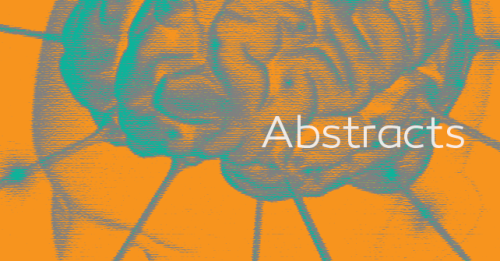Awake craniotomy to maximize glioma resection: methods and technical nuances over a 27-year period
Journal of Neurosurgery Aug 2015 / Vol. 123 / No. 2 / Pages 325-339
- Shawn L. Hervey-Jumper, MD1,
- Jing Li, MD1,
- Darryl Lau, MD1,
- Annette M. Molinaro, PhD1,
- David W. Perry,PhD2,
- Lingzhong Meng, MD3, and
- Mitchel S. Berger, MD1
Abstract
OBJECT
Awake craniotomy is currently a useful surgical approach to help identify and preserve functional areas during cortical and subcortical tumor resections. Methodologies have evolved over time to maximize patient safety and minimize morbidity using this technique. The goal of this study is to analyze a single surgeon’s experience and the evolving methodology of awake language and sensorimotor mapping for glioma surgery.
METHODS
The authors retrospectively studied patients undergoing awake brain tumor surgery between 1986 and 2014. Operations for the initial 248 patients (1986–1997) were completed at the University of Washington, and the subsequent surgeries in 611 patients (1997–2014) were completed at the University of California, San Francisco. Perioperative risk factors and complications were assessed using the latter 611 cases.
RESULTS
The median patient age was 42 years (range 13–84 years). Sixty percent of patients had Karnofsky Performance Status (KPS) scores of 90–100, and 40% had KPS scores less than 80. Fifty-five percent of patients underwent surgery for high-grade gliomas, 42% for low-grade gliomas, 1% for metastatic lesions, and 2% for other lesions (cortical dysplasia, encephalitis, necrosis, abscess, and hemangioma). The majority of patients were in American Society of Anesthesiologists (ASA) Class 1 or 2 (mild systemic disease); however, patients with severe systemic disease were not excluded from awake brain tumor surgery and represented 15% of study participants. Laryngeal mask airway was used in 8 patients (1%) and was most commonly used for large vascular tumors with more than 2 cm of mass effect. The most common sedation regimen was propofol plus remifentanil (54%); however, 42% of patients required an adjustment to the initial sedation regimen before skin incision due to patient intolerance. Mannitol was used in 54% of cases. Twelve percent of patients were active smokers at the time of surgery, which did not impact completion of the intraoperative mapping procedure. Stimulation-induced seizures occurred in 3% of patients and were rapidly terminated with ice-cold Ringer’s solution. Preoperative seizure history and tumor location were associated with an increased incidence of stimulation-induced seizures. Mapping was aborted in 3 cases (0.5%) due to intraoperative seizures (2 cases) and patient emotional intolerance (1 case). The overall perioperative complication rate was 10%.
CONCLUSIONS
Based on the current best practice described here and developed from multiple regimens used over a 27-year period, it is concluded that awake brain tumor surgery can be safely performed with extremely low complication and failure rates regardless of ASA classification; body mass index; smoking status; psychiatric or emotional history; seizure frequency and duration; and tumor site, size, and pathology.
READ MORE: http://thejns.org/doi/abs/10.3171/2014.10.JNS141520

